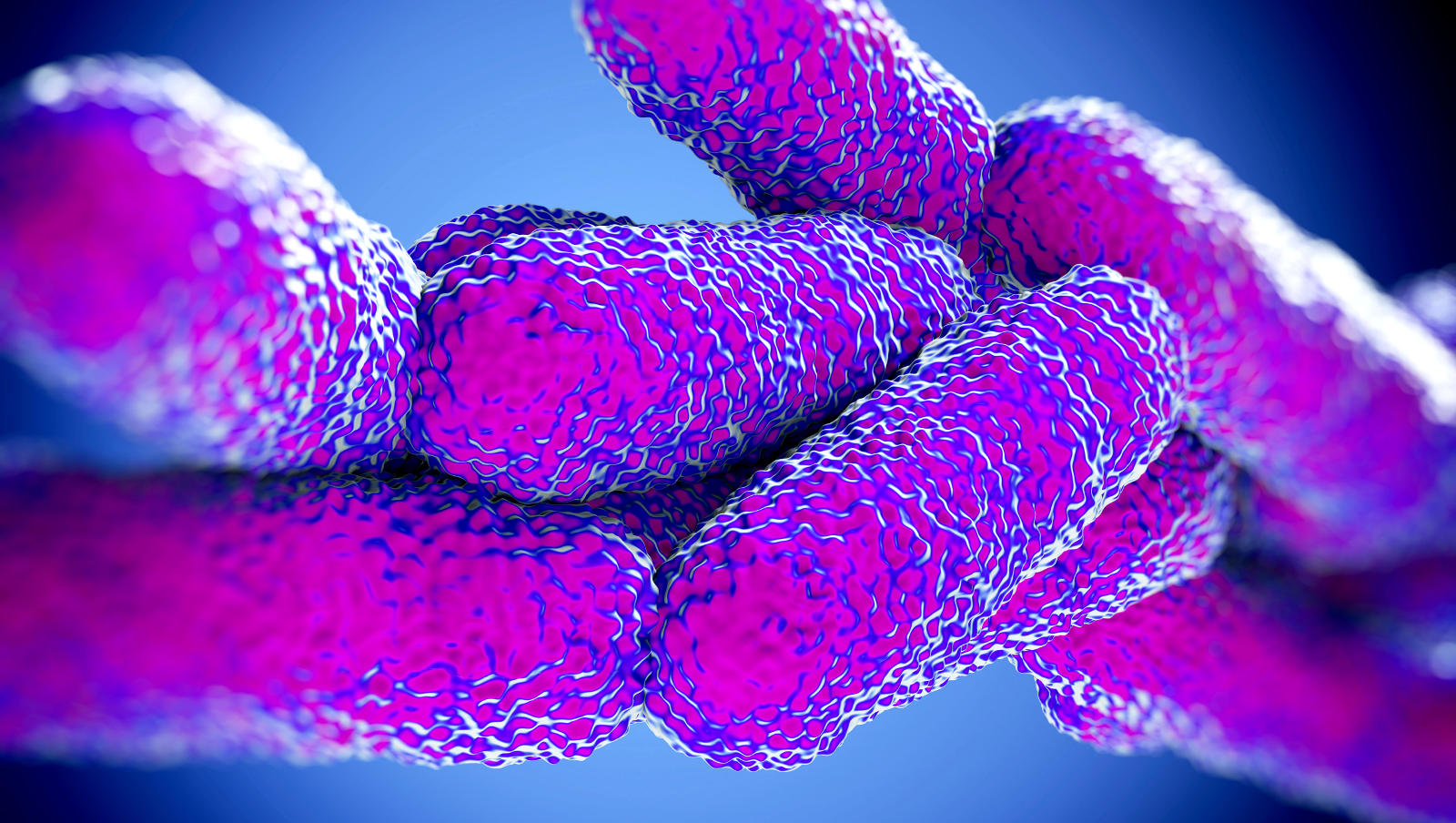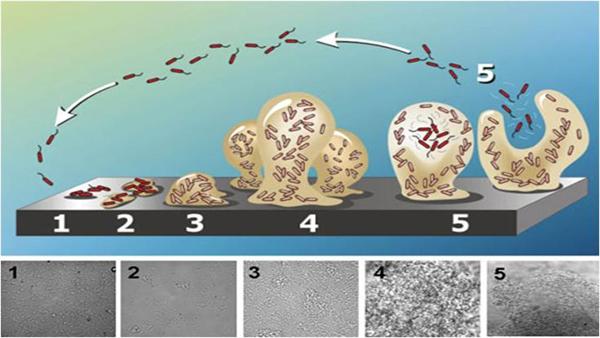Legionella pneumophila

Legionella pneumophila, is a waterborne bacterium which can cause Legionnaires’ disease or Pontiac fever, collectively known as Legionellosis.
legionella Legionella is a pathogenic group of gram negative, spore less and aerobic bacteria. There are as many as 42 different species of Legionella, but the species involved in 95 % of cases of severe atypical pneumonia is Legionella pneumophila. Among this species, serogroup 1 accounts for up to 90 % of the cases of legionellosis, the generic term used for sickness caused by Legionella.
Lifecycle of Legionella

Legionella bacteria are common in natural water systems, such as ponds or rivers. However, it is very rare for people to catch the disease from these natural sources. Legionella becomes dangerous to people when growing in purpose-built systems where water is maintained at a temperature of 20 to 50 degrees Celsius (optimal 35 degrees Celsius) such as cooling towers, fountains, hot and cold water systems.
The bacteria grow as parasites within free-living amoeba and within biofilms which develop in water systems. They can cause respiratory diseases by infecting human cells using a similar mechanism to that used to infect protozoa. (WHO, June 2016).




